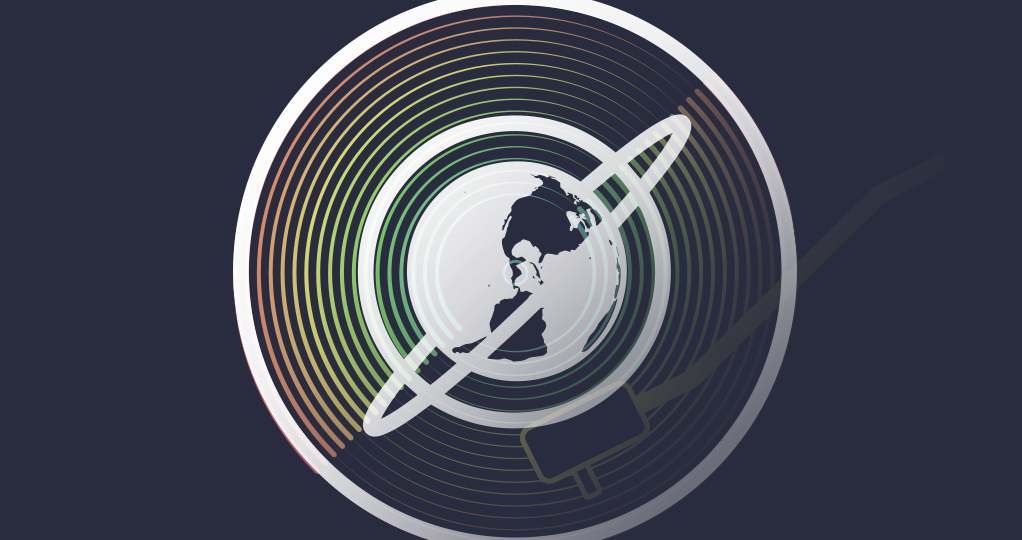
In concert with Earth Day 2021 NorthStar is publishing a series of articles on humanity and our digital future.
The Digital Future: Introduction
In 1947 the invention of the transistor signaled the arrival of semiconductor electronics, the building blocks for what would become the world’s first computers. The digital age, as we know it, began with the end of the venerable vacuum tube, gradually replaced by the compact and efficient solid-state transistor.
Glyn Johns, an English recording engineer who through the 1960s-70’s recorded landmark albums by artists such as Led Zeppelin, The Rolling Stones, The Who, and The Eagles, witnessed the arrival of the transistor firsthand. In his autobiography, Soundman, Johns wrote:
“The transistor was taking over from valves, changing the sound. The transistor was much smaller, so the new equipment could be made more compact, and as a result much more could be crammed in, and it was far more reliable, not generating the heat that tubes do. As with most modernization, there was a price to pay. The musicality and warmth of recorded sound suffered, and the equipment became more and more complex.”
According to Johns, the transistor drove changes in studio design and the process by which music was recorded. Traditionally, a studio was a large room where a band would play together and be recorded live, with minimal overdubbing. The new process saw musicians isolated or siloed in individual booths, recording their parts separately. This enabled superior control over audio quality, but the feel and interaction of a band of musicians playing together was lost. Johns:
“Recording equipment was originally designed to capture the performance of a piece of music. Now it influences the way music is written and performed.”
NorthStar is on the frontier of applying digital technology to better understand our Earth and Space environments, and enable dramatic improvements in the global management of these critical resources. Satellites of yesteryear delivered analog signals and data. To keep up with the tremendous strain we are putting on our Earth and Space environments, NorthStar will digitalize these valuable finite resources, driving a host of new products and services to empower humanity to preserve our planet.
As we move forward into this new digital realm, I see the potential of vast progress and economic opportunity but am also mindful of Glyn Johns and unintended consequences. Our vision is that NorthStar be part of a movement to bring people together in preserving the world’s natural resources for future generations. To accomplish this, we want to use digitalization as a common means to manage how we interact with our environment on Earth and in Space. We need the whole band playing together.
I hope you enjoy our Digital Future series.
Stewart Bain, Co-founder and CEO, NorthStar Earth & Space